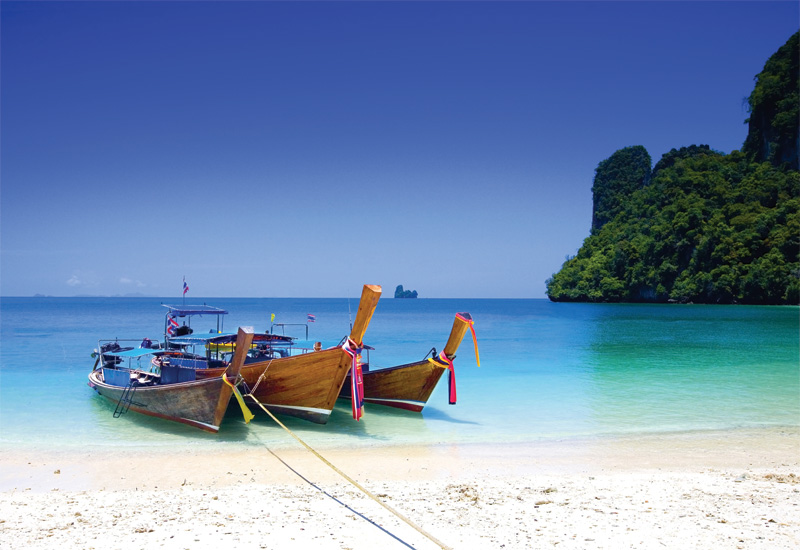Thailand’s tourism sector has emerged from political turmoil and economic crisis to come back stronger than ever before.
t’s been a rocky couple of years for the Thai tourism industry. The economic downturn and a prolonged period of social unrest in Bangkok, which devastated the tourism sector over the months of May and June last year hit international arrivals hard.
But Thailand’s tourism sector has proved its resilience and has bounced back stronger than ever, as the numbers demonstrate.

| Advertisement |
“In May during the protests, tourists fell from this region,” admits Pramoth Supyen, director, Tourism Authority of Thailand (TAT) Middle East office. Arrivals from the region fell by almost 13% year-on-year.
“But in June we saw a rise of 7%, and in July there was another increase. Overall from the Middle East market last year we increased 24% in terms of visitor numbers on the previous year,” he says.
Supyen attributes the overall positive result for Thailand to the enduring popularity of the destination in the GCC market, coupled with the tourism board’s strong working relationship with the travel trade, which helped to pull it through the crisis.
TAT ploughed its energies into luring back visitors after the widely-publicised protests: “We introduced an insurance scheme which covers every tourist, up to US$30,000 should they be affected or physically harmed due to any political instability in the country,” explains Supyen.
“At any one time we have one million tourists in Thailand so this tells you how confident the Thai government is in the stability of the country. It also convinces the travel agents that we talk to of the country’s safety, and once the agents are confident, people talk to them, and they feel more comfortable.”
TAT’s Dubai office currently overlooks the entire Middle East region including the Levant, Jordan, Syria, Lebanon, GCC, Iraq, Yemen and Egypt — markets which Supyensays hold vital importance for the Thai tourism industry.
“The Middle East market is really important for us. From here it is really easy and convenient for everybody to go to Thailand —it’s just a six hour flight. In total from the Middle East there are 125 flights per week.
And now there are not just direct flights to Bangkok, but also direct flights to Phuket with Qatar Airways and with Mahan Air from Tehran.”
According to Supyen the biggest challenge for the authority is tailoring Thailand’s product offering to suit the various markets.
“Every market has a different challenge and every region sees something different in Thailand. In the Levant they look at Thailand as a honeymoon destination, in the GCC it is more of a shopping destination.
“For example take Krabi. You can market it one way for the Western expat, but when it comes to marketing it to the Arab national it’s a totally different challenge.
Western expats can be invited to go to Krabi to experience the calmness and serenity of the area and maybe some soft adventure. But the Arab national will need more convincing to go there and will want to know of the availability of services. When it comes to the Indian sub continent, Pattaya is always their first choice.
“It’s all about tailoring the product,” he adds. “For example during Ramadan this year we plan to target more the western expats to try and offset a little the expected drop in numbers from the local community.”









 Search our database of more than 2,700 industry companies
Search our database of more than 2,700 industry companies









